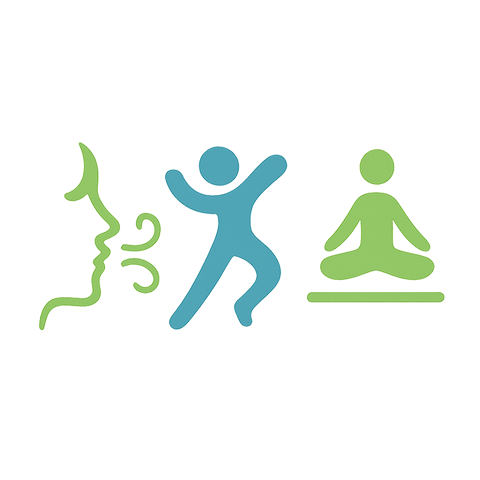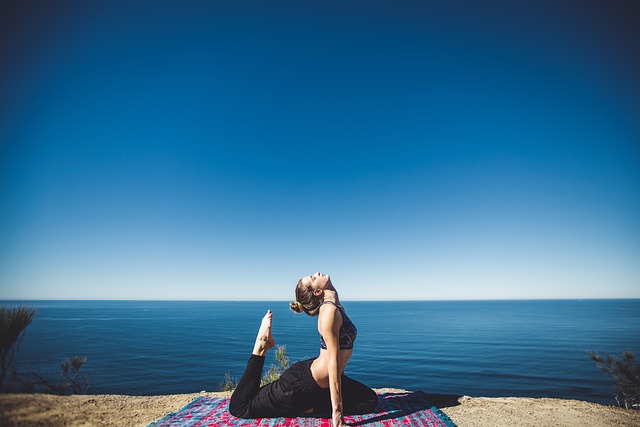The Health Benefits of Passive Stretching in Your Fitness Training Routine
In the hustle and bustle of modern life, finding ways to incorporate wellness into our routines can often feel overwhelming. However, one element of fitness that is frequently overlooked yet incredibly beneficial is passive stretching. This gentle form of stretching can significantly enhance your overall health and should be a fundamental part of any training regimen.
Passive stretching involves the use of an external force—such as a partner, gravity, or stretching equipment—to help achieve a stretch. Unlike active stretching, where you use your muscles to pull yourself into the stretch, passive stretching allows you to relax and let the force do the work. This relaxed state not only helps in elongating the muscles but also promotes a deeper sense of calm and well-being.
Enhancing Flexibility
One of the most notable benefits of passive stretching is its ability to improve flexibility. Over time, as you consistently incorporate this technique into your routine, you will notice a substantial increase in your range of motion. This is particularly beneficial for athletes who need that added flexibility for optimal performance. Greater flexibility also helps to prevent injuries by reducing muscle tension and allowing for a greater range of motion in your joints.
Promoting Recovery
After an intense training session, your muscles may feel tight and fatigued. Passive stretching acts as a wonderful recovery tool to ease muscle soreness and promote faster healing. By helping to relax the muscles and increase blood flow to the area, passive stretching not only feels good but is also conducive to quicker recovery times. Incorporating passive stretching after workouts can make a significant difference in how your body feels, helping you stay active and engaged in your fitness journey.
Enhancing Mental Well-being
The connection between physical activity and mental health is profound, and passive stretching is no exception. The gentle nature of this stretching technique encourages mindfulness and relaxation, helping to reduce stress levels. As you stretch passively, take deep breaths and focus on the sensations in your body; this practice can lead to a meditative state, improving your mental clarity and emotional resilience. It’s a moment of peace within the often chaotic world of fitness training.
Improving Posture
In our increasingly sedentary lifestyles, poor posture has become a common issue, leading to discomfort and a range of health problems. Passive stretching can aid in correcting postural imbalances by lengthening tight muscles that contribute to poor alignment. By regularly engaging in passive stretches, particularly for the hips, chest, and back, you can foster better posture, which is essential for both your physical appearance and overall health.
Facilitating Better Performance
Whether you are a casual gym-goer or a seasoned athlete, passive stretching can enhance your performance. By allowing your muscles to relax and recover while improving flexibility, you’re better prepared for your next workout. You may find that you can lift heavier, run faster, or stretch deeper, thus making the most of every training session. This form of stretching serves as a wonderful complement to more intense workout regimens, creating a balanced approach to fitness.
Incorporating passive stretching into your fitness training routine is not just about improving physical abilities—it’s about nurturing your body and mind. As you explore the various health benefits of this practice, you’ll likely experience a new level of activity and well-being that aligns beautifully with your fitness goals. So take the time to relax, stretch, and enjoy the positive impact it has on your health!




